Lazarus, the patron saint of the poor and sick, is represented as a homeless beggar surrounded by dogs.
Tradition honors both the Catholic St. Lazarus and the African-inspired Babalú-Ayé.
Knowledge:
Thought to be responsible for bringing epidemics like smallpox, leprosy and AIDS, Babalú-Ayé also cures these diseases. Oricha elders tell of his exile from his homeland with the Lucumí because he spread smallpox among them, and they tell of his journey to the Arará, who were healed by him and ultimately made him their king.
Patience, suffering and illness in their own flesh are some of the elements that have made the figure of Saint Lazarus closer to devotees.
The immense faith in those who suffered the rigors of illness and pain helps believers to trust in the miracles of the saint, as many of them have expressed it themselves.
For this reason, strong promises are made that, as indicated by many religious, can be cause for consternation for those who do not share the belief or do not know it.
But when you talk to those people who decided to carry huge weights, go on their knees or crawl to the doors of the sanctuary, you recognize that his belief is worthy of respect and that it carries a tremendous sense of sacrifice and will.
When you listen to the stories behind the promises of thousands, you know the difficult crossroads and circumstances that many face and that it is in faith where they find the shelter to move forward.
Working with Saint Lazarus:
This ritual is quite simple and above all effective, it is an Work at the foot of San Lázaro to make a specific request, for this I recommend using an image of San Lázaro when carrying out this work.
Ingredients:
Saint Lazarus candle
Saint Lazarus print
17 wheels of bread
Brown paper and graphite pencil
Large gourd or large clay container
Grains of different varieties such as lentils, peas, chickpeas and types of beans such as black-eyed, red, pinto, white etc.
1 cup
Dry wine or white cooking wine
small purple onion
1 candle or oil lamp
Holy Water
How do we prepare these Offerings for San Lázaro?
First the bread wheels must be burned on both sides, you can do it in a frying pan.
On the paper you must write your request 17 times with a graphite pencil.
Place the paper in the bottom of the gourd or container with the petition facing up.
On top of that request you must add all the grains you have, that is, a little of each.
On top of the grains place the 17 burnt (not toasted) bread wheels.
Second part of the offering:
Take the glass and put the red onion inside it and fill with dry wine.
Light your candle or oil lamp and ask San Lázaro for his blessing. Pray to old Lazarus and make your request.
For 17 days you must pray to San Lázaro and light his candle or lamp every day for a while.
Always keep in mind that the glass cannot lack wine, when it is consumed it must be filled.
At the end of the 17 days, the jícara or container is taken to the mountain and remains there, just like the onion.
The wine that remains in the glass can be used to take a spiritual bath, you just have to add a little holy water and it will be a purifying ritual for his body.
You can also add that wine in common water with a splash of holy water and clean the house or the front door, a renewing cleaning for your spaces.
The most important thing is that you put a lot of faith and love, and trust in the great power, miracles and mercy of old Lazarus.
Color:
Purple and yellow
His celebration takes place every year on December 17.
More:
- The syncretism between San Lázaro and Babalú Ayé has occurred due to the representative elements of the cult that are common to both deities.In addition, sacrifice and faith in the miracle prevail in the veneration directed to the saints.Babalú Ayé grants great favors, but he must always be attended to, because he always charges.For this reason, in addition to the adoration they feel for him, the Yoruba devotees show immense respect and even fear in their veneration for this Orisha.


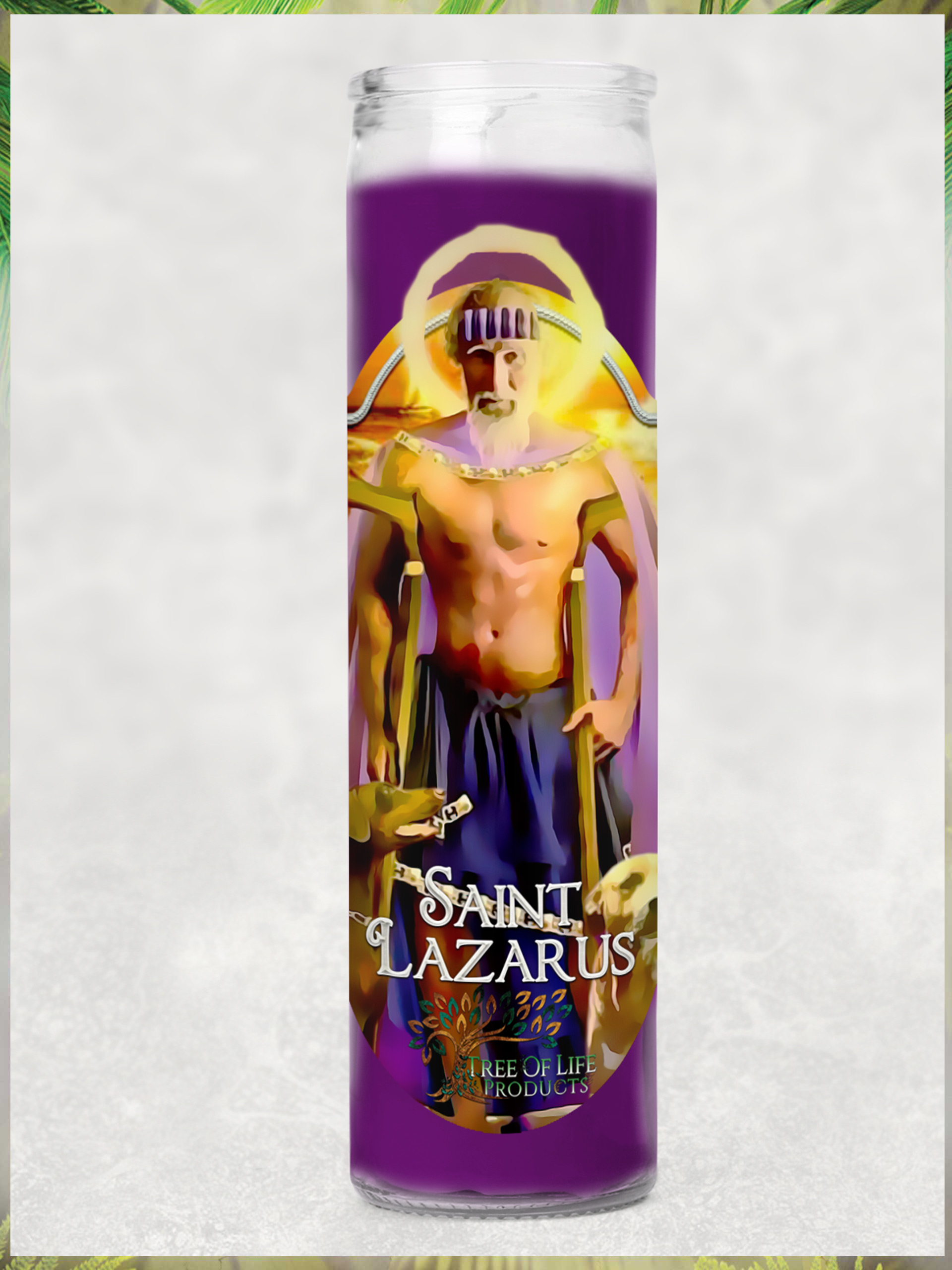
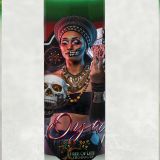
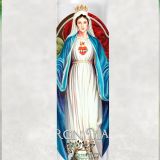

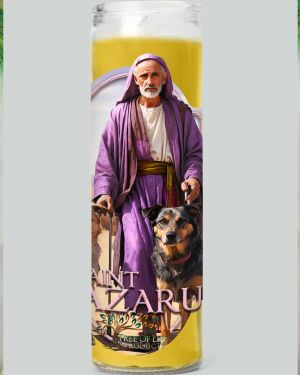




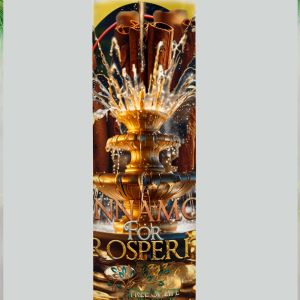




Reviews
There are no reviews yet.